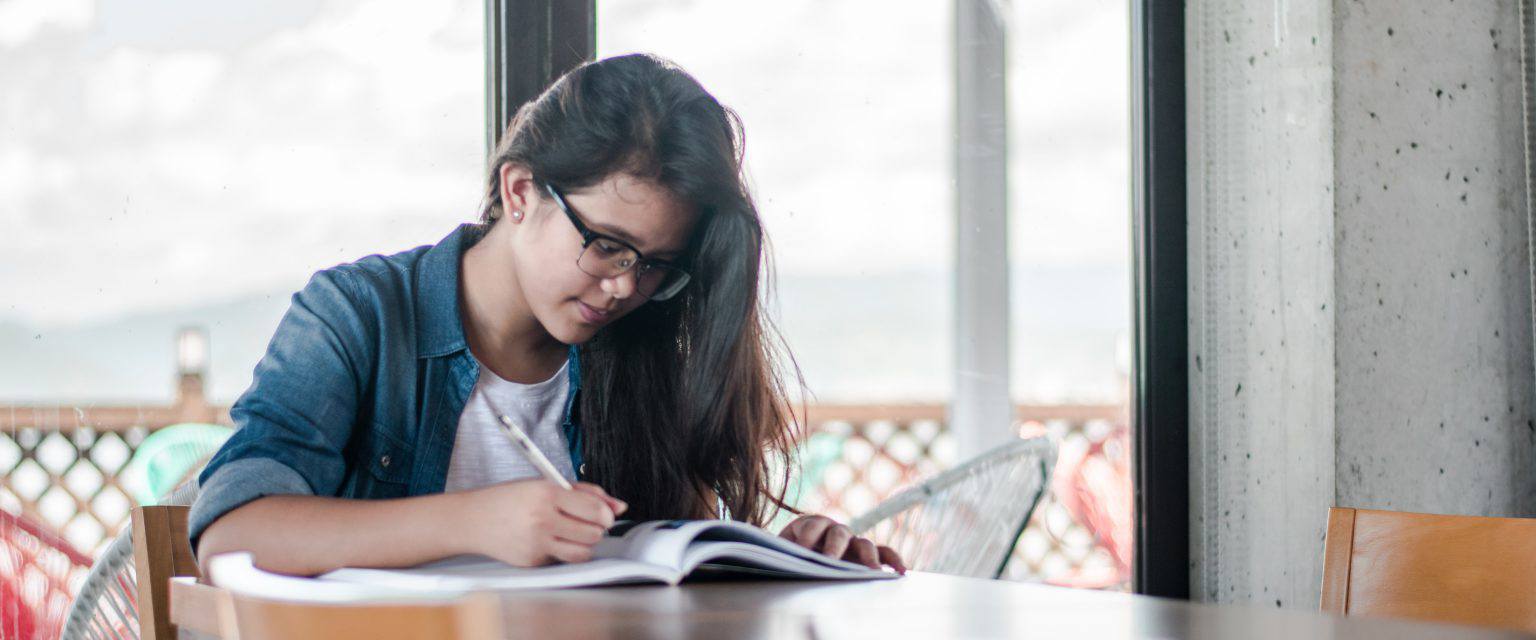Student Shares All: How to Support Students With Disabilities
Remote learning presents a different set of challenges for students with disabilities. Hear from one student on how we can support these students during COVID-19.

“OKAY, WHAT’S NEXT?” MY THOUGHTS ON COVID-19 SCHOOL CLOSURES AS A STUDENT WITH A DISABILITY
The decision to close the nation’s largest public school system was inevitable. Throughout the month of March, school systems across the country decided to shut their doors for the foreseeable future. In the wake of these closures, I spent hours after school intently scanning New York City government twitter feeds, trying to pick up on some indication of what was happening or what was going to happen in New York.
When Mayor Bill DeBlasio finally decided to close schools on March 15, I had a lot of questions about how school life would look moving forward. I immediately thought about how I could help my fellow students, especially those who have disabilities. In order to help figure out how to help my fellow students, I brainstormed a list of questions that prioritizes equity and brings accessibility to the forefront of the transition to remote learning.
At the moment, there is a ton of educator-focused content to sort through—most of it from adults—but I hope that these questions—compiled by a student—can help make the transition to remote learning across the nation more equitable for everyone. These questions came up as priorities in my own thinking, but by no means represent a unified voice for all students. They should get you off to a good start but aren’t intended to be all-encompassing. All schools have different strengths and weaknesses, so you’ll have to do a lot of work to make sure that remote learning is equitable in your school district.
Clearly Explain What Will Happen During This Transition
Reassurance. The disruption caused by school closures brought normal life to a halt. For adolescents, it is especially hard to navigate this complicated time, so be sure to reach out to students to clearly explain what will happen during this transition. Discuss what will happen to their school year and what remote learning is. Also, be sure to offer age and ability appropriate explanations, so no student feels neglected.
Ensure Schedule And Attendance Expectations Are Clear To All Students
Schedule? Every student relies on some sort of routine to guide them through their educational experience, and this is especially important in a nontraditional environment. Ensure that schedule and attendance expectations are clear to all students. Personally, I prefer working from home with a set of assignments and one or two class meetings per week. I know that’s the schedule that some schools (including my own) are utilizing. However, younger students (and special education students) may have a hard time staying in contact with their teachers and find it challenging if they run into problems and need help.
Regular Contact With Service Providers Is Necessary To Maintain Routines
Related services: For many students, related service providers form the bedrock of their school experience, and regular contact is necessary to maintain routines and, frankly, sanity. Will I continue to have the support of related service providers and counselors as I work through this time? How will I connect with my paraprofessional during this time? How does assistance in general work?
Academics are the main focus of any school district even as they move through the closure process, but it is just as important to consider things on the logistical side, especially for the students who need additional help. A hungry student or a lost student simply cannot function in a learning environment. Below are some related questions to consider and guide you during your transition to remote learning to ensure equity for all students:
- Is there a clear and direct line of communication between students and school or district administrators if problems arise?
- Are there plans for outreach and availability of counseling services for students who are having a particularly difficult transition?
- How do grab and go meals work for students who cannot retrieve them themselves? Can a caregiver go to a school on behalf of the student to pick up a meal?
During this unprecedented moment, educators and school administrators need to make sure they reach out to the students that receive special education services. Make sure they’re okay and generate a protocol for communication. This crisis is hard for everyone, but it’s even harder for students with disabilities. Additionally, student voice is more important now than ever before, because, let’s face it, none of us have ever seen anything like this in our lifetimes. So, make sure you have a group of students that you can rely on, and bounce ideas off them constantly. The best judges of whether students are learning are students.
Another thing that I cannot emphasize enough is the importance of “face time” (the concept, not the application, though FaceTime is a great tool to provide “face time,” the concept). For most students who receive special education services, contact with their providers is often a lifeline when they are in school, and this communication becomes even more important during the transition to remote learning. If possible, set up regular video consultations. Empower providers to help students with their own goals around the house. Make sure that during remote class meetings, the same support personnel for students is present virtually (e.g. if the student has a one-to-one paraprofessional with them during the school day, ensure that the same paraprofessional is also present for virtual classes).
As you know, students are not a homogenous group. They all engage in learning in different ways and need different networks to be successful in the classroom. And so, the transition to remote learning must be aware and flexible to the needs of all students. It’s more important than ever to make sure every student feels acknowledged and cared for during this time.
Are you a student with advice on how schools can adjust to your needs? Or, do you have questions about how to help students with disabilities during this time? Send an email to blog@xqinstitute.org









